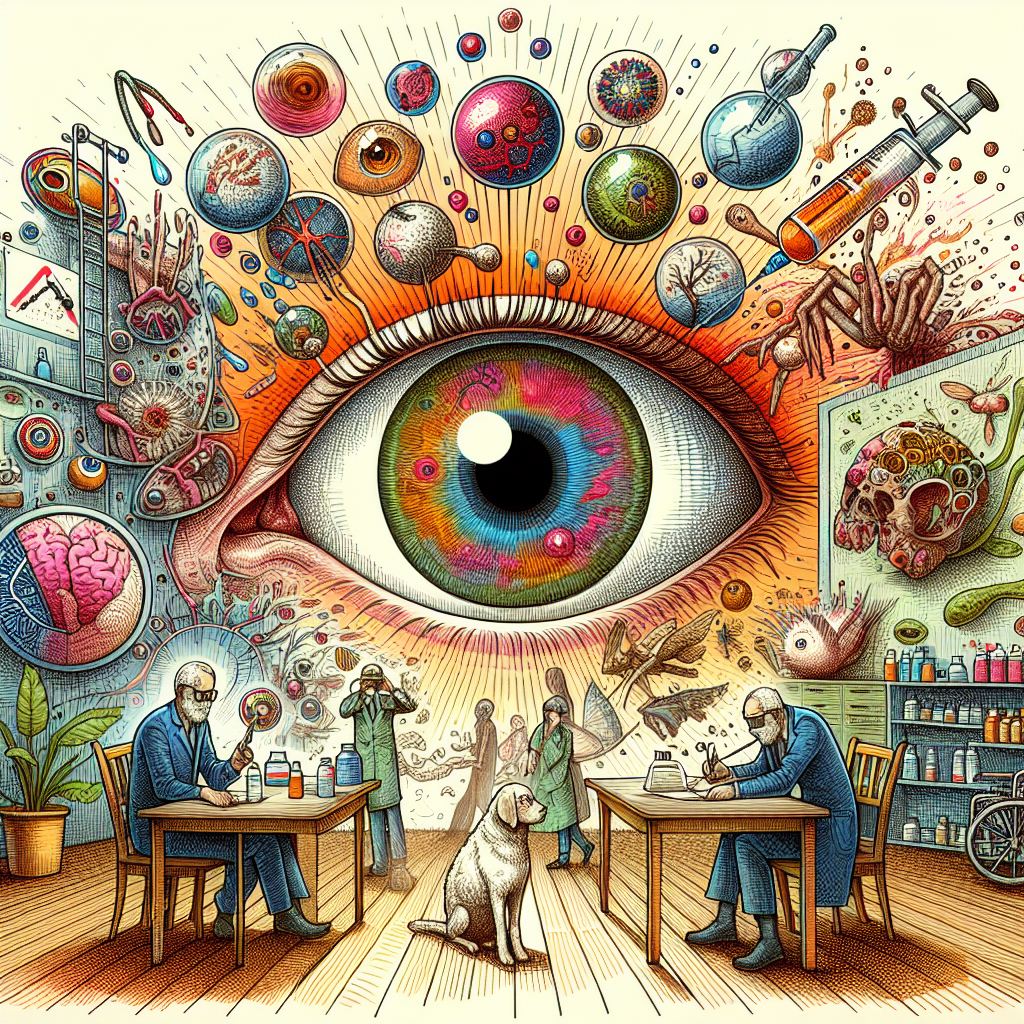Introduction
Imagine the world through a foggy lens—everything appears blurry and unclear. This is how life might feel when dealing with an eye infection. Eye infections can be pesky intruders that disrupt our daily routines and compromise our vision. But fear not! With the right treatments and knowledge, you can reclaim your crystal-clear view of the world.
In this article, we will embark on a journey to explore the best remedies for eye infections, providing you with the information you need to tackle these nuisances head-on. Join us as we delve into the causes, symptoms, and effective treatments for eye infections, ensuring you are well-equipped to maintain optimal eye health.
- Understanding Eye Infections
- Common Causes and Symptoms
- Treatments for Eye Infections
- When to Seek Medical Attention
- Key Takeaways
- FAQs
- Conclusion
Understanding Eye Infections
Eye infections can be likened to uninvited guests at a party—sudden, inconvenient, and often bothersome. These infections occur when harmful microorganisms like bacteria, viruses, or fungi invade the delicate tissues of the eyes. The result? Irritation, redness, discomfort, and sometimes even blurred vision.
Common Causes and Symptoms
The culprits behind eye infections vary, but common offenders include bacteria such as Staphylococcus or Streptococcus, viruses like adenoviruses, and fungi from environmental sources. Symptoms often present themselves in the form of redness, itchiness, discharge, and swelling.
For instance, if you notice a persistent itch accompanied by redness, it might be time to consider whether you’re dealing with an infection. A comprehensive analysis of eye infection symptoms and stye treatment can help differentiate between common irritations and more serious concerns.
Treatments for Eye Infections
Remedying an eye infection is akin to quenching your thirst on a hot day—it provides relief and comfort. But what exactly is the best course of action?
- Antibiotics: Prescribed for bacterial infections, antibiotics can be administered as drops, ointments, or oral medications.
- Antiviral Medication: For viral infections like herpes simplex, antiviral drugs may be recommended by your healthcare provider.
- Warm Compresses: Applying warm compresses several times a day can help alleviate symptoms and promote healing.
- Proper Hygiene: Maintaining good hygiene practices is vital in preventing the spread of infection.
If you’re uncertain about whether your condition warrants professional intervention, consider exploring resources on urgent care services for immediate guidance.
When to Seek Medical Attention
Like a dimming light bulb that needs replacement, sometimes self-care isn’t enough to resolve an eye infection. Recognizing when to seek medical attention is crucial. If symptoms persist beyond a few days or worsen despite initial home remedies, it’s time to consult a healthcare professional.
Severe pain, vision changes, or discharge that doesn’t improve may indicate a need for specialized care. Remember, some conditions require prompt attention to prevent further complications.
Key Takeaways
- Eye infections result from bacteria, viruses, or fungi invading the eye’s tissues.
- Common symptoms include redness, itching, swelling, and discharge.
- Treatment options range from antibiotics to antiviral medications and home remedies like warm compresses.
- Seek medical attention if symptoms persist or worsen over time.
FAQs
Can I treat an eye infection at home?
Mild infections can often be managed with home remedies such as warm compresses and proper hygiene. However, persistent or severe symptoms require medical evaluation.
Are all eye infections contagious?
No, not all eye infections are contagious. Bacterial and viral infections can spread easily, while fungal infections typically do not spread from person to person.
What should I do if my child’s eye seems infected?
If you suspect your child has an eye infection, consult with a pediatrician or ophthalmologist promptly for appropriate care and management.
Conclusion
An eye infection doesn’t have to cloud your vision or your day. By understanding the causes, recognizing symptoms, and knowing when to seek medical help, you can ensure your eyes remain healthy and vibrant. Remember, clear vision is within reach with the right knowledge and prompt action.
For those seeking more insights on treating minor cuts that might have similar bacterial implications, consider delving into our guide on treating minor infected cuts, which shares valuable parallels in handling infections safely.
Your eyes are precious—protect them wisely with informed decisions and timely interventions!
For further reading on maintaining overall health and understanding various infections, you can refer to resources provided by authoritative organizations such as the Centers for Disease Control and Prevention (CDC).




